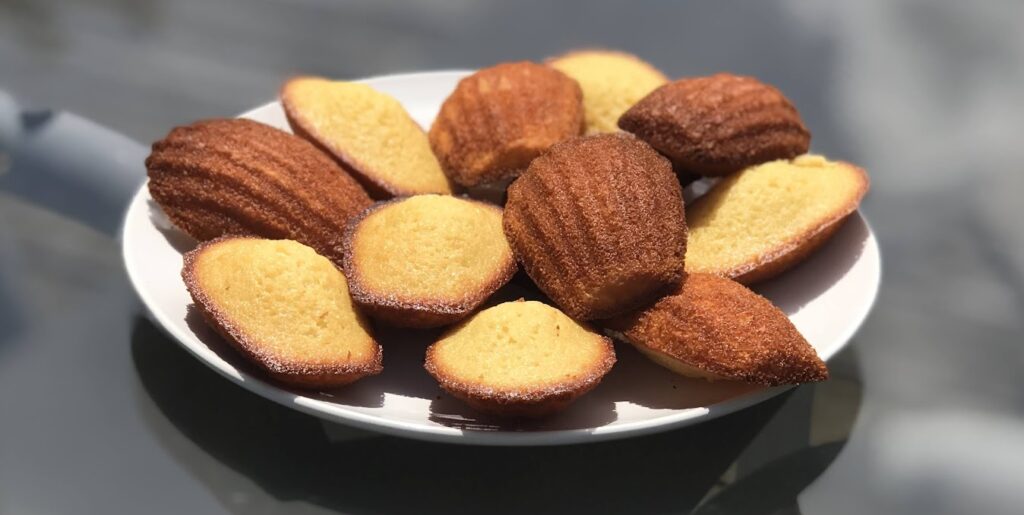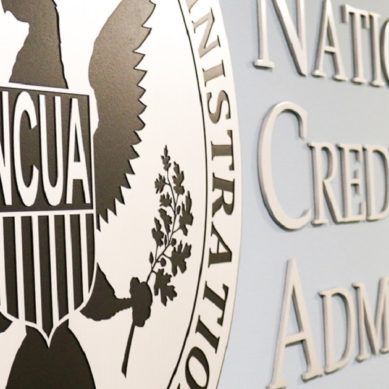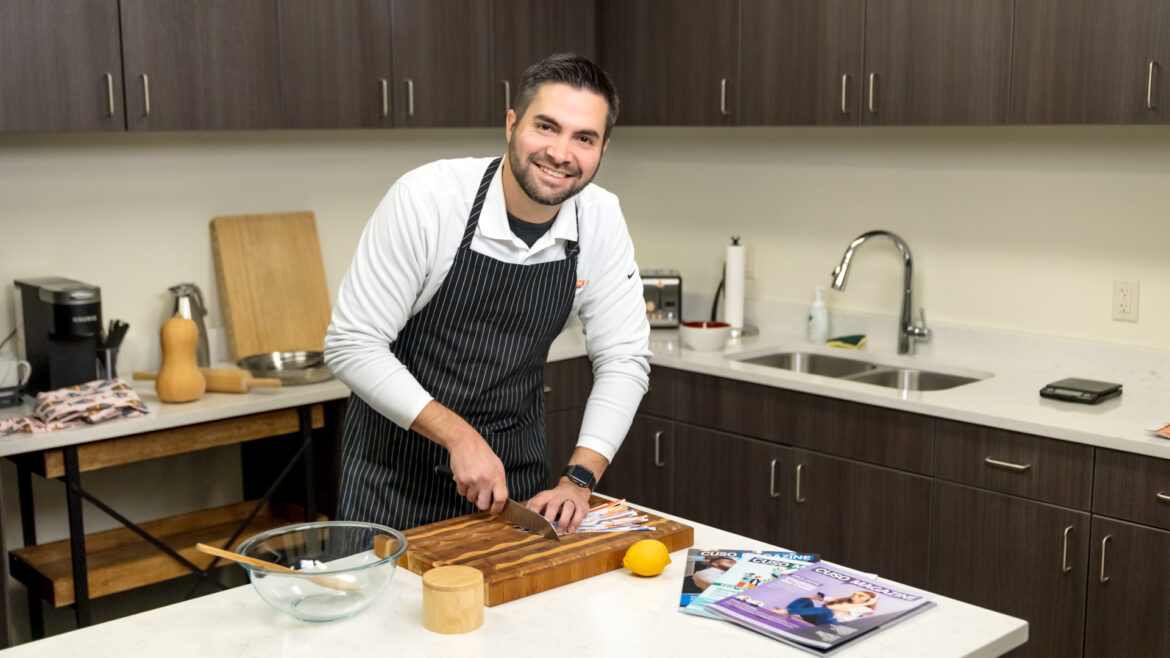Welcome to a new series in which we ask the question: why should food blogs get to have all the fun? In this new exclusive series, we explore the wide world of credit unions and food. Any correlation between the two may be specious, but this is after all still a website about credit unions first and foremost. So rather than spending time explaining how this was a recipe passed down from generation to generation or some such, we will first dig into some bit of credit union history or a glimpse at financial cooperatives around the world.
The life and times of Alphonse Desjardins
We begin by digging a little deeper into the father of credit unions in North America, Gabriel-Alphonse Dejardins. If you have been with CUSO Magazine from the start, you may recall my five-part series on the history of credit unions. In part two, I introduced Dejardins, a French-Canadian from Quebec whose work to stop usury (predatory lending) led to the first financial cooperatives in North America.
Alphonse was born to a family of modest means in 1854. His father struggled with maintaining employment while his mother worked for neighbors as a housekeeper to help keep the family of seventeen—yes, there were fifteen children and Alphonse was the eighth—afloat. Despite their financial woes, Alphonse was able to attend the Collège de Lévis, where he completed a four-year commercial course and one-year Latin course. However, he was forced to leave the school at 15.
From there, he would go on to attend military school, achieving the rank of sergeant-major. After a brief military career, he would return to Lévis, across the river from Quebec City, and began his career in journalism, writing for a number of daily papers. Thanks to the connections he formed reporting on the Quebec Legislative Assembly, he would go on to join political clubs and other local societies, eventually leading to his role on the board of the chamber of commerce for Lévis.
As the political climate changed, however, shifting from his Conservative Party to the Liberal Party, Desjardins soon found himself looking for ways to fill his time. As a long time activist for the Conservative Party, he was eventually rewarded with the role of French stenographer for the Ottawa House of Commons, which he would hold on to for the next 25 years.
It was five years into his appointment, in 1897, that he first learned about the devastating effects of usury. In one example, a man from Montreal had been forced to pay $5,000 in interest on an initial loan amount of $150. Upset with these practices, Desjardins began research on alternative models for lending.
In his research, he struck up a correspondence with British author Henry William Wolff, the author of People’s Banks, who in turn helped connect Desjardins with other key individuals in the European financial cooperative movement. Over the course of the next few years, he developed his own model called the “caisse populaire” that combined elements of credit unions, Schulze-Delitzsch’s people’s banks, Raiffeisen’s rural credit unions, and the (Italian) Luzzatti people’s banks model.
The new model came to fruition with the founding of the Caisse populaire de Lévis in December 1900, formed in their local parish, the first financial cooperative in North America. Thanks in large part to his own efforts, but also those of his wife Dorimène, who managed affairs while he was away, the model was proven to be effective. At first, Desjardins’ caisses populaires were slow to grow, with only three more formed over the next five years. But as Desjardins pushed for a legal framework through the federal government, and as word of the caisses spread through local parishes, the movement began to spread rapidly.
After years of struggles with the federal government, caisses populaires achieved legal recognition in 1906 from the Quebec Legislative Assembly. Still seeking federal approval, Desjardins would push, and with the assistance of parliamentary member Frederick Debartzsch Monk, finally succeeded in 1908 with the passage of a bill, only to have it defeated by one vote in the Senate.
Still, though the federal government had let him down, in Quebec the caisses populaires could flourish, and flourish they did in spite of the opposition of the Canadian Merchant’s Association and the National Bank (the more things change, the more they stay the same…). The result: by 1915 Desjardins had founded as many as 136 caisses in Quebec thanks to the enthusiastic desires of other parishes in the province.
Alphonse would continue to work on spreading the model, even visiting the United States, where he would help establish caisses in Franco-American parishes, and help provide a model for the American credit union system soon to come. However, his failing health would eventually force him away from the work he loved before he could accomplish all his goals.
He died in his home on October 31, 1920, but not without leaving behind him a lasting legacy of financial cooperation.
The life and times of madeleines
Having spent some time learning about your now favorite French-Canadian who popularized cooperative banking in North America, let’s move on to a French delicacy he may have enjoyed (emphasis on “may”) and that I particularly enjoy baking: the madeleine.
Though their history is shrouded in legend, most myths involve a woman named Madeleine making them for an individual of importance (be it a duke, a cardinal, or former king) who, becoming enamored by them, named the invention after her, with the recipe soon taking the country by storm.
Madeleines are small sweet cakes or sponge cakes, also referred to as cookies by some. In my house though, they’re breakfast food. If pancakes can be, why not these?!
They get their distinctive shell shape from the specialized pan used to make them. You might be thinking, who on Earth owns one of these? Admittedly, few do, but Christmas is right around the corner and you can own your own for as little as $10…
It’s a worthwhile investment as a fresh madeleine is a light, fluffy, subtly sweet treat that pairs superbly with the hot breakfast beverage of your choice. So let’s get baking!

(Note: these are madeleines I baked and perhaps you’re thinking “those are overbaked.” Strictly speaking, these ones might be and you should shoot for a lighter color. But I’ll be darned if these ones aren’t photogenic!)
Prep: 30 min – 2 hours (including resting time) | Bake: 10 min
Ingredients
- A madeleine pan!
- 100 grams of unsalted butter (~ 7 tablespoons) + another 2 tablespoons for the pan
- 2 eggs, room temperature
- 100 grams of sugar (~ 1/2 cup)
- 20 grams of honey (~ 1 tablespoon)
- (Optional) Juice and zest of 1 lemon
- (Optional) 4 grams of vanilla extract (1 teaspoon)
- 100 grams of plain flour (~ 3/4 cup)
- 3 grams of baking powder (~ 3/4 tsp)
- Pinch of salt
Instructions
- Melt the butter (either on the stove or microwave), then add a pinch of salt. Set to the side to cool slightly while you prepare the batter.
- In a large bowl with a balloon whisk or stand mixer with whisk attachment, beat the two eggs.
- Add the sugar and whisk into the eggs for 1 minute.
- Add the honey, then whisk thoroughly for an additional 4-7 minutes until the mixture is pale and forms ribbons.
- Add the zest of 1 lemon and the juice of half the lemon to the mix and whisk in.
- Experiment with the flavors! Not lemony enough? Add more juice. Prefer less lemon? Reduce the zest or leave the lemon out altogether. you can also add vanilla extract at this point as well. The world is your
oystermadeleine.
- Experiment with the flavors! Not lemony enough? Add more juice. Prefer less lemon? Reduce the zest or leave the lemon out altogether. you can also add vanilla extract at this point as well. The world is your
- Sift the flour into a separate bowl, add the baking powder and a pinch of salt and whisk together.
- Add the flour mixture into the batter and gently whisk or fold in the flour. You want to be kind to the batter to avoid knocking the air out of it.
- Resting: Now you have to let the batter rest. This is important! You can chill the batter in the fridge for 30-60 minutes (but no longer), or you can cover and leave the batter out at room temperature for up to 2 hours. You’re letting the baking powder work with the rest of the ingredients.
- While the batter is resting, preheat your oven to 390°F (200°C).
- Grease your madeleine pan either with cooking spray or butter. I prefer to use melted butter that I brush onto the mold to give the madeleines a little extra buttery crispiness.
- Add a large spoonful (roughly 1 tablespoon) of the batter to the center of each madeleine well—no need to spread the batter to the edges!
- Bake for 9-11 minutes until lightly golden and the tops spring back.
- Invert the pan onto the counter and place them on a wire rack to cool. But not for long! They’re best fresh out of the oven. Eat with jam, dust with powdered sugar, dip them in melted chocolate, or eat them as is and enjoy!

























































